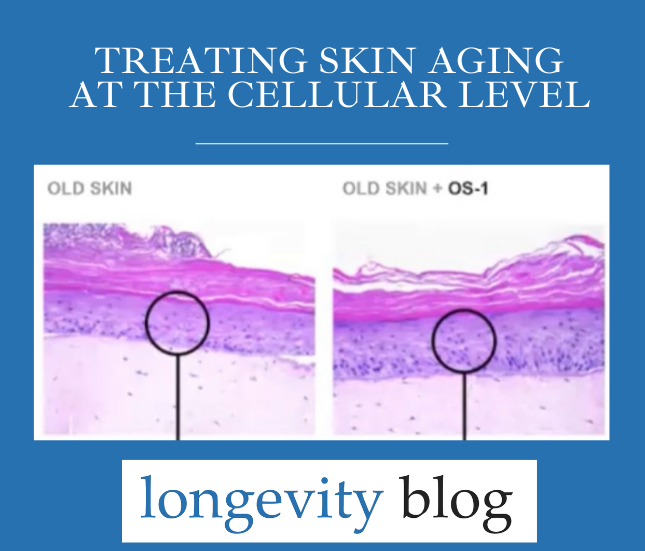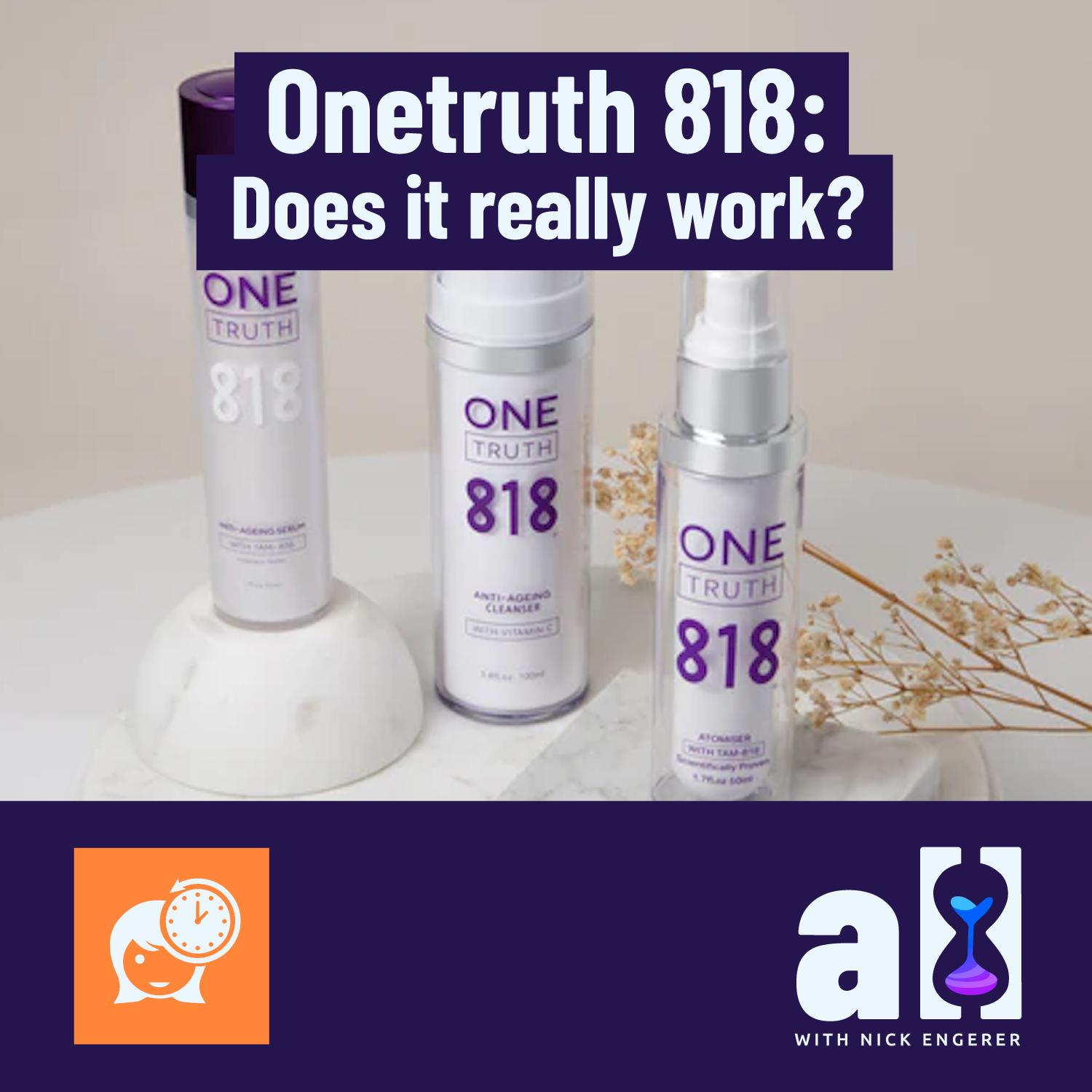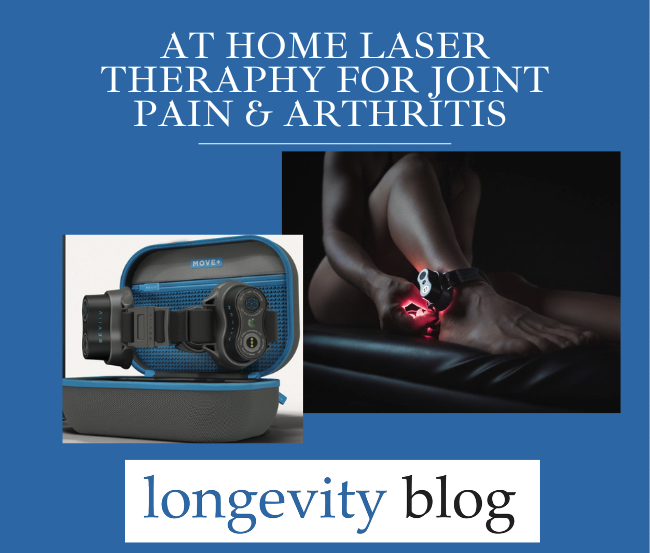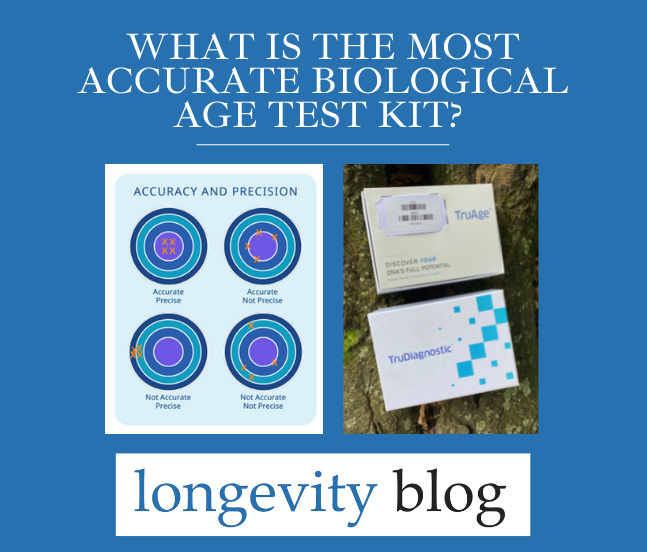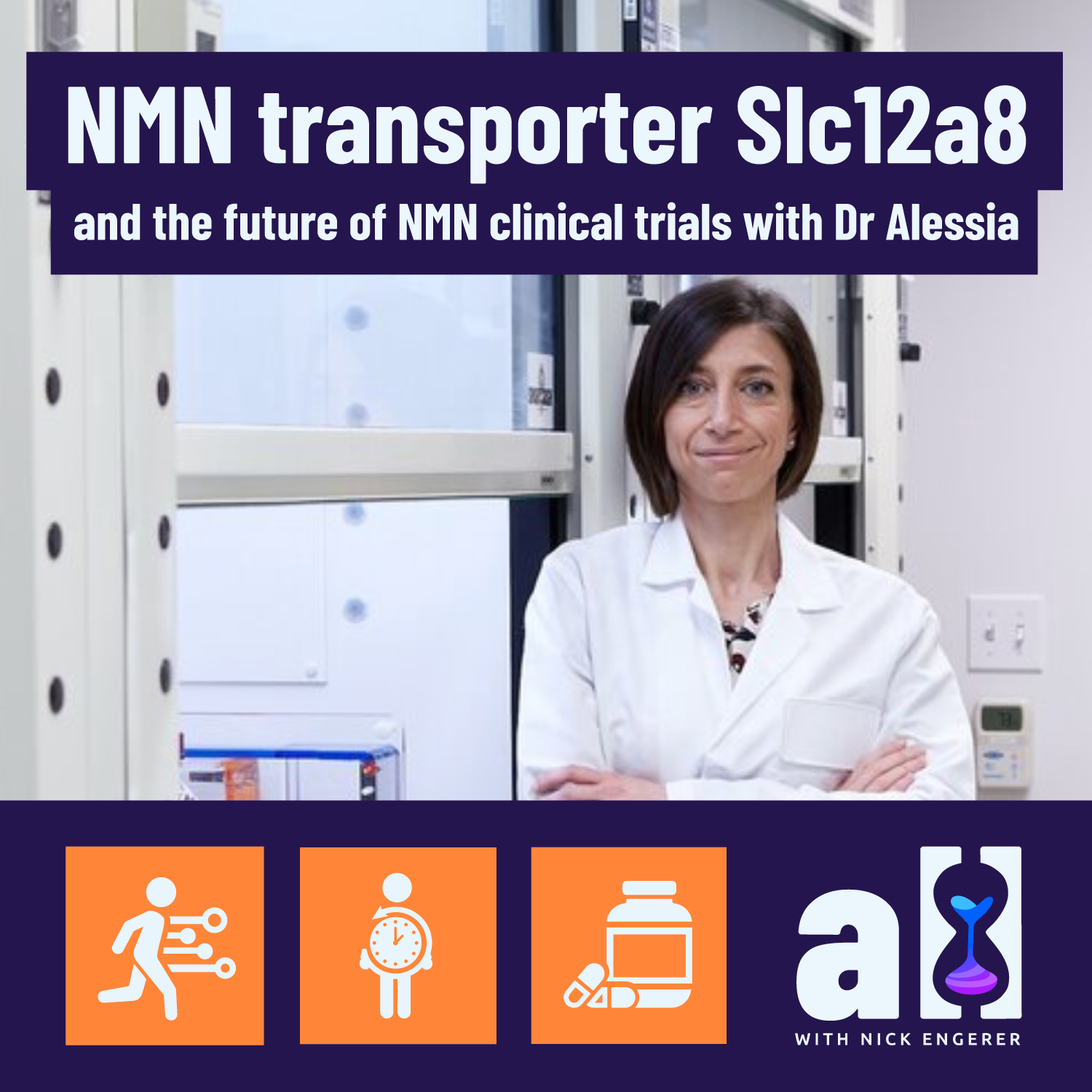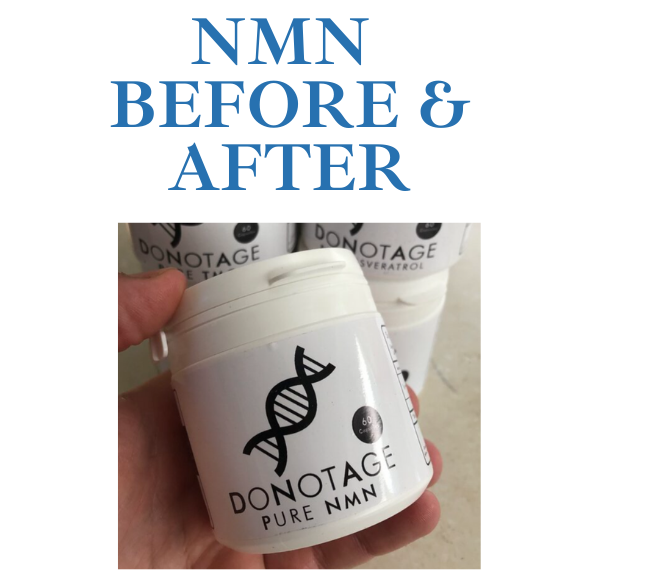oneskin - targeting skin aging at the cellular level: An interview with CEO Dr Carolina Reis - Part 1
DOES ONESKIN OS-01 WORK?
Let’s face it (pun intended?), the beauty industry is riddled with unsubstantiated ‘anti aging’ claims.
It would be challenging to find an aspect of longevity more difficult to navigate than keeping your youthful appearance.
Yes this certainly does not stop most of us from trying. The question - ‘how do I look younger?’ and related variants regularly top the Google search results time and again.
At Longevity Blog, we’ve been very cautious about engaging with the skincare sector, as navigating the science versus claims in this space is fraught.
But with today’s interview guest, we are confident we’ve discovered a company well worth your interest: OneSkin.
Let’s take a closer look at why.
OneSkin: Not just another ‘anti-aging’ skincare product
Not content with the aforementioned status quo, our interview subject Dr Carolina Reis and her co-founders set out to create a very different kind of ‘skincare’ company when forming OneSkin.
One with a very different approach to tackling skin aging and invested in the rigorous science required to back up any newfound claims (which in the case of their team are quite impressive).
Differentiators run deep at OneSkin, with Dr. Reis going so far as to describe OneSkin as a ‘longevity company’ at its core.
This is of course right up our alley.
OneSkin Technology
Their flagship product, OneSkin OS-01 does appear to offer a fresh approach to tired claims - with perhaps an industry first truly ‘anti-aging’ approach to skincare.
This is because OS-01 works differently than any other skincare product you’d be familiar with.
“You use a topical supplement in the same way that you take a supplement to improve your organs, internally. But a topical supplement treats our largest organ – the skin”
In fact, it’s not even a skincare product - rather, it is a topical supplement - whose benefits may one day run much more than skin deep.
Rather than covering up the effects of aging (fillers, moisturisers, etc) or relying on removing layers of skin to make you ‘look younger’ (retinol, peels, etc), OS-01 helps your skin to actually stay younger.
How? We’ll be diving into the details in this interview series. But to understand the basics - you first need to know that “OS-01” gets its name from its principal ingredient - a previously undiscovered peptide.
Peptides are made up of amino acids and serve as the fundamental building blocks of protein. They are required by many processes in the body - in the case of OS-01, the function is in cellular repair.
Peptides are not new to the skincare industry. However, the approach used to discover the OS-01 peptide is. As are the results this particular peptide seems to realise in human skin.
OneSkin OS-01 - Aging Repair at the Cellular Level
OS-01 removing senescent cells (stained in blue). Image credit: OneSkin
This is because OS-1 has been shown to directly assist with skin repair at the cellular level, particularly in response to UV damage.
It does this by preventing the formation of and clearing senescent cells.
And why does that matter?
It brings us to the key point of differentiation between OneSkin OS-01 and most every other anti-aging skincare product.
Senescent cells are a directly involved in aging, and in many cases are known to be a cause of aging itself - particularly in the skin.
To go further into this topic, we always like to hear directly from source. So, let’s get onto our 1:1 interview with OneSkin CEO and Co-Founder, Dr Carolina Reis.
May 2023 Update
Our Founder Nick self-experimented with OS-01 FACE and had some very impressive results.
See his face before and after using high resolution facial scanning technology at 6 months and after 12 months!
OneSkin Discount Code!
A part of our mission is to make your longevity budget stretch further.
Through our collaboration with OneSkin, we have a negotiated an industry leading 15% off coupon code for our readers.
Use the code longevityblog at checkout to save!
This interview was conducted in February 2022 over Zoom and is an audio transcript with minor edits for clarity, brevity and correctness.
OneSkin OS-01 has demonstrated some very impressive visual results. Here’s an example of a before & after showing dramatic improvement in a clinical setting.
What is a topical supplement?
Longevity Blog (LB):
We’d like to start by better understanding two concepts that your team uses. One is “topical supplement”.
Your team refers to OneSkin OS-01 as a topical supplement, not a beauty or skincare product, very interesting.
Secondly, this concept of “skinspan”, which sounds closely related to healthspan. These are new concepts to our readers- tell us about them.
Dr Carolina Reis (CR):
You use a topical supplement in the same way that you take a supplement to improve your organs, internally. But a topical supplement treats our largest organ – the skin. By treating your skin topically (“on top of”) with this supplement, you optimize the health of the skin.
So “topical supplement”, basically means a product that's designed to optimize the health of the skin.
Obviously, topically, because we want to act directly on the site where we want to see the improvements. Also a “supplement”, since the supplement definition reflects better what we envision for this product.
Namely, extending their health and the function of the skin, more than just acting as a cosmetic (improving only the appearance, focusing on the surface) while we target aging at the molecular level.
What is Skinspan?
LB: And skinspan?
CR: In the same way that we are researching longevity interventions in science in order to expand the healthspan, that's the time that we live in good health and free of diseases, skinspan is referring to the time that our skin is healthy and functional.
More than just looking to improve the appearance of the skin, we want to extend the time that your skin is healthy and functional.
The consequence of that is that your skin will look better. Our primary focus is on the health of the skin. That's why we like to use skinspan instead of other classic cosmetic terms.
Why does skin age?
LB: In previous interviews, you've often addressed the concept of “skin aging at the molecular level”. Now, that's interesting phrase - give us an example of how the skin ages at a molecular level.
At right, UV damage in our Founder Nick’s skin, as taken by a Visia scanner. Nick will be putting OS-01 to the test - be sure to subscribe to Longevity Blog updates to see the results!
August 2022 Update: Nick’s self-experiment results are in! Can you believe he looks 7 years younger??
CR: Aging happens at the molecular level. As we age, we observe many mechanisms in the body that stop working properly. One clear example is the accumulation of DNA mutations, which in the skin are primarily caused by sun damage.
When we are young, we have DNA repair enzymes that fix this damage. But as we get older, that system becomes deficient.
If we are able to make that system continue to work efficiently, we can avoid that accumulation of damage that can lead to a more broad dysfunction of the tissue.
OneSkin Replicates Aging in the Lab
LB: The concept of UV radiation being an environmental trigger for skin aging through damaging DNA, it brings us back around to one of the foundational pieces of work that OneSkin has done - replicating skin aging in the lab.
There's some really interesting details here – for example, your team uses actual human skin - we want to know more about this. Phrases such as “3D human skin equivalents”, or “human cell based platform” jump out at us. You're using these tools to study the aging process. Tell us more.
CR: In order to develop a product that reverses aging, we need first to understand how aging works. If we can have a model in the lab that can replicate the skin aging process, this will allow us to test interventions.
We are growing human skin in the lab with tissue engineering techniques that myself and my co founders brought from academia.
Human skin is made up two major layers - the dermis and the epidermis. We reconstruct both of these layers in the lab and then test products on that skin.
We use neonatal skin cells, as well as skin cells from donors in their 30s, 40s, 50s and 70s.
Using a proprietary “recipe”, we can grow these cells into skin layers and then put it together in a way that replicates the natural human skin.
OneSkin develops products using human skin
LB: And what do you do with these 3D skin equivalents after you build them? What advantage does this provide you in developing interventions?
CR: The beauty of this approach is that these models replicate human skin so well, that the results we obtain “in vitro” (in the lab using skin models), will be very similar to the results that were observed in the clinic (in actual human skin).
This enables a very successful translation from lab to clinic, increases the chances our product will perform well when people buy it.
Examples of human skin equivalents in the OneSkin lab for three different ages.
Most cosmetic companies that are testing “anti aging” products on human skin are using neonatal cells. Basically they're testing aging products in baby skin. This makes it very easy to see improvements, but those improvements don’t necessarily show up in aged skin.
LB: This leads directly into our next question – on the topic of human skin equivalents you have samples of cells from young through to aged skin – but you also work on actually “aging” human skin in the lab, namely with UV radiation.
Then you embark on a process of testing many different peptides, several hundreds to one thousand or on the human skin equivalent model. Tell us about this process.
Peptides, senescent cells and skin aging
CR: When we started searching for moleculse that would reverse skin aging, we had one hypothesis - that one of the main triggers of skin aging is the accumulation of damaged cells called senescent cells.
We partnered with a university in Brazil that was studying antimicrobial peptides to see if any of them could be effective in decreasing the amount of senescent cells in the skin.
We started with a library of 200 peptides and created random variations in the sequence of those peptides to generate a total of 800 peptides.
We tested these peptides on the aged skin model and measured which ones were most effective in reducing the amount of senescent cells and were not toxic to healthy cells. That’s how we discovered our main peptide OS-01.
LB: Let’s talk about this peptide.
We found one quote about this this peptide, that it “consistently showed the ability to decrease human cellular senescence caused by aging, ultraviolet light, and other genotoxic stress is by 25 to 50%”.
Translate that to something a bit simpler for our readers?
CR: Let's say that we start with a cell population that's completely healthy. We then we can “age” those cells by exposing them to UV radiation. If, after the insult (UV exposure) 50% of cells became senescent in a sample, the samples treated with the peptide would only have 25% of cells became senescent.
“Whenever you have an stressor, our peptide helps induce DNA repair enzymes.”
This is a 50% reduction in senescent cells total burden. That's one way that our peptide works.
Whenever you have a stressor, our peptide helps induce DNA repair enzymes. This makes it much less likely that cells accumulate damage and go into the senescence state. This means you maintain healthy skin function for longer.
Is OneSkin OS-01 a senolytic?
LB: That sounds like improved “skinspan”! This means that OS-01 one wouldn't strictly be considered a senolytic (a technology which removes senescent cells).
It is however, helping to avoid the buildup of senescence cells by promoting cellular repair. Is this correct?
CR: That is correct, but it's not the whole picture.
Our data supports that our peptide decreases both the production of inflammatory factors from the senescent cells but it also prevents healthy cells from becoming senescent even if they are in the presence of other senescent cells.
Because the main harm of senescent cells comes not from the senescence cells themselves, but more from the of inflammatory signaling that spoils the surrounding cells, causing them to age faster.
If we can block that communication, we can basically stop or decelerate aging.
Why are Senescent Cells Important in Skin Aging?
LB: Yes, you've talked about this in a couple other places. You've used the term “feed forward”. This is the concept of how senescent cells induce more senescence through inflammatory cytokines, creating a cascade of more accelerated aging.
How are we changing skin aging from “natural aging” once we introduce this peptide to our skin?
Fantastic results from longevity blogger VivaSparkle, where OneSkin OS-01 reduces the appearance of age spots, which are partly caused by senescent cells.
CR: Once you have senescence cells, there is a cascade of inflammatory signals leading to events such as collagen breakdown, which in turn will lead to a series of further dysfunctions in the skin.
These results in breaks in the skin barrier, and eventually, the signs of aging that we experience growing older, which are loss of firmness, wrinkles, dark spots, and so on.
If we're able to partially block the senescent cell feed forward loop, this allows the young and healthy cells to continue to proliferate, keeping up with healthy collagen and repairing your skin barrier, essentially reversing aging.
LB: This is getting back to one of the points you made at the beginning, which is the desire to create a skin product that doesn't simply cover up the effects of aging, but instead intervenes at one root cause of aging, which is cellular senescence.
There's a few ‘anti-aging’ skin products that are pretty popular that I'd like to get you to comment on. Retinoic acid/retinol and hyaluronic acid.
OneSkin OS-01 versus Retinol / Retinoic Acid
LB: Explain for us the difference between your OS-01 product and retinoic acid.
CR: Retinoids or retinoic acid work by peeling off the upper layers of your skin inducing a cell turnover. You grow a new layer of fresher skin, but not necessarily a younger skin. Your skin will look better, but this does not target what is driving aging at the cellular level.
Using OS-01, you can promote skin rejuvenation in a more effective way - from the inside out, instead of the outside in and without the side effects of retinols (redness, dryness, skin sensitization and so on).
LB: The other ingredient that we just asked about was hyaluronic acid. This is included in your OS-01 product.
HA is a pretty useful tool in terms of skin health – so to our question: How do we know when we're using OS-01 that it's not the hyaluronic acid or other ingredients which are producing the results you claim? How people can be confident the benefits they are seeing are from the OS-01 peptide?
Does OneSkin OS-01 Work? Clinical Results
CR: When we ran our clinical study, we wanted to assess exactly that. We want to make sure that OS-01 is delivering more than our formulation.
Our clinical study was designed to be “split face”. So half of the face was treated only with the “basal” formula and half of the face with the formula plus the OS-01 peptide.
We assessed all the parameters after 6 weeks and 12 weeks. One of the most interesting results that we got from this study was an improvement in the skin barrier, which happened only on the side of the face that was treated with the OS-01 peptide.
In-vitro (in the lab on human skin equivalents), we conducted several tests in which we have treatment with the formula only and with the formula plus the OS-01 peptide.
We evaluated a series of genes known to activate or suppress skin health - genes related to aging, inflammation, collagen production, hydration, and so on.
We then computed a skin score, combining the alterations observed in gene expression, in which a high score means a healthy skin, or the better for the skin.
The OS-01 peptide formulation always achieved the highest score compared with the formula without OS-1.
LB: Just to clarify, for the readers, what you're describing is that you've taken the formulation (the OS-01 product) and tested it with and without the OS-01 peptide and saw the above improvements only when the OS-01 peptide was included. This is how we know the OS-01 peptide is the primary active ingredient
COMING UP: Self-experimenting with OneSkin OS-01
LB: This leads us nicely into the topic of self experimentation. Give us some advice on how our readers can run a self experiment and come to the conclusion - “yes, OS-01 helped my skin grow younger”…
Read Interview - Part Two!
August 2022 Update: Nick’s OneSkin Self-Experiment Results are In!
FDA & TGA DISCLAIMER
This information is intended for educational purposes only and is not meant to substitute for medical care or to prescribe treatment for any specific health condition. These blog posts are not intended to diagnose, treat, cure or prevent any disease, and only may become actionable through consultation with a medical professional.


